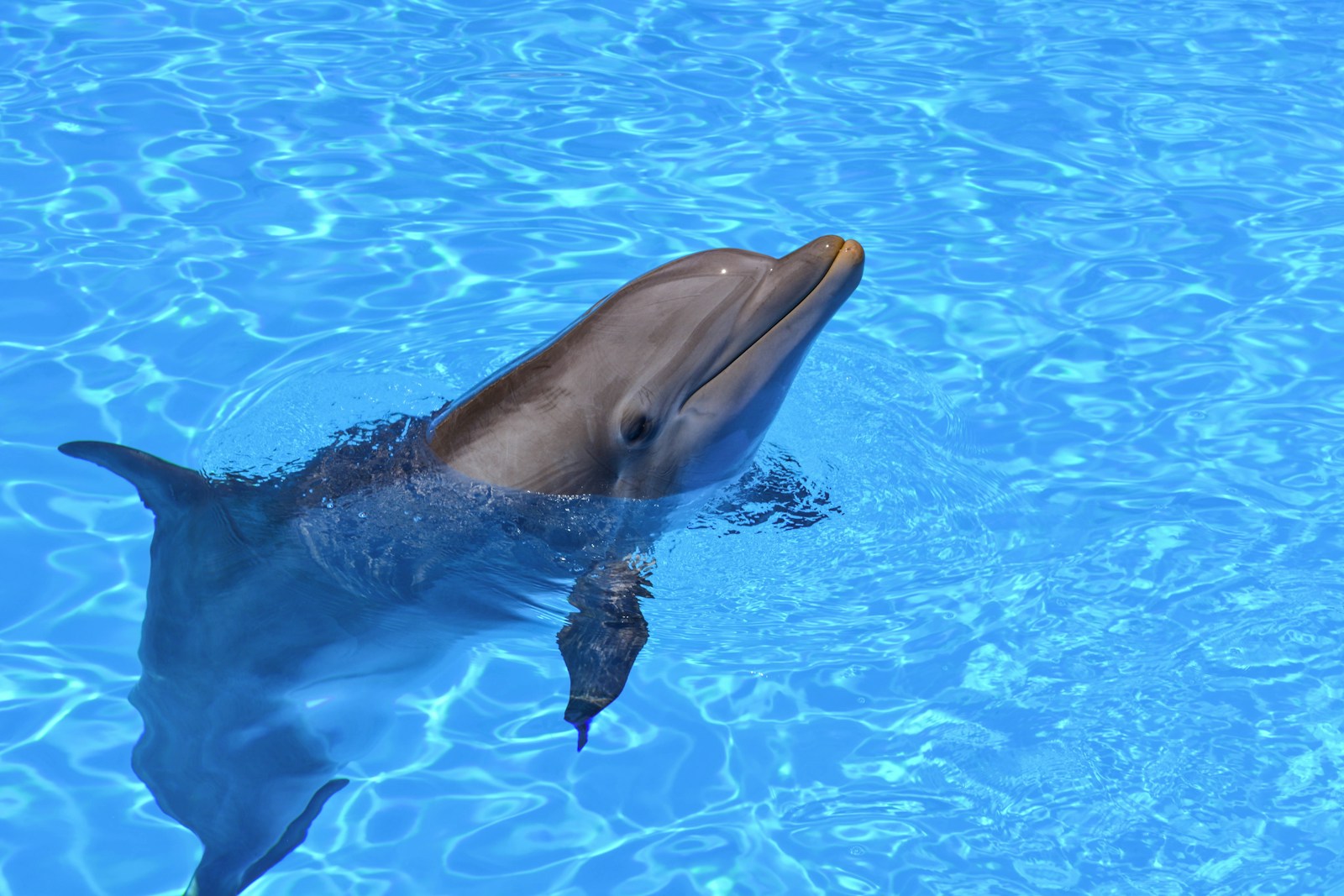Key Takeaways:
– New research shows that bottlenose dolphins are exhaling microplastic fibers.
– Similar microplastic particles are also found in human lungs.
– Exposure to these particles can potentially lead to health problems in dolphins similar to those in humans.
– More research is needed to understand the differences in amounts or types of plastic particles among different habitats.
– The study sheds light on the vast extent of plastic pollution and its impact on marine life.
Dolphins Exhale Microplastics: A Deep Dive into What This Means
Are you aware that the boisterous bottlenose dolphins swimming freely in Florida’s Sarasota Bay and Louisiana’s Barataria Bay are breathing out, quite literally, minute particles of plastic? Yes, these fun-loving creatures are inhaling and then exhaling microplastic fibers, as recent research indicates.
You see, our precious planet is riddled with tiny bits of plastic. These microplastics have insidiously infiltrated not just the land and water, but have found their way into the air and even clouds. It’s rather daunting to know that the oceans contain an estimated 170 trillion bits of these microplastics. People and wildlife, from far-flung rural areas to jam-packed urban regions, are constantly exposed to these particles through their diets and the very air we – and they – breathe out and in.
Uncanny Similarities Between Dolphins and Humans
Scientists studying these particles found that the composition of the microplastics exhaled by the bottlenose dolphins strikingly mirrors those found in the lungs of humans. This discovery raises questions about whether dolphins are encountering more such pollutants than humans or not. The answers elude us so far.
What You Should Be Concerned About
Microplastics are not just tiny bits of nuisance floating around. In humans, these minute particles, once inhaled, can trigger lung inflammation. This inflammation can progress to conditions such as tissue damage, increased mucus production, pneumonia, and bronchitis, with possible outcomes including scarring and, in extreme cases, even cancer.
Dolphins, sharing a lot in common with humans, including similar respiratory systems, might be at the same risk. In addition, factors such as cardiovascular health, reproductive capability, and even neurological function, which may be impacted by the chemical content of plastics in humans, might well pose similar threats for our dolphin friends.
Top Predators as Bellwethers
Bottlenose dolphins, as top predators living for decades, act as a crucial barometer to gauge the impact of pollutants on marine ecosystems and indirectly on coastal human populations. This understanding is vital as over 41% of the world’s human population resides within roughly 62 miles of a coastline.
Unresolved Questions and Considerations
We know that trillions of plastic particles find their way into the oceans, invading the marine ecosystem from all corners. Ocean waves, in turn, churn out these bits into the air, creating a cycle of pollution. Dolphins, breathing at the water’s surface, could therefore be highly susceptible to microplastic ingestion.
Nonetheless, the correlation between population density and airborne microplastics isn’t clear cut. For instance, even the tranquility of undeveloped regions isn’t spared by airborne microplastic pollution. The research found microplastics in dolphin exhalations from both urban and rural estuaries. The differences, if any, in the quantity or types of plastic particles between these varying habitats remain unknown.
Working Methodology
Researchers garnered breath samples from wild bottlenose dolphins during health assessments. Marine biologists collected samples while briefly holding a petri dish or a spirometer, a device to gauge lung function, over the dolphin’s blowhole. Post-collection, they were thoroughly examined under a microscope for signs of plastic particles.
Remedial Steps for a Breathe-Easy World
The alarming revelations of this study underscore the rampant plastic pollution problem faced by marine life, of which dolphins are a part. While undertones of the impacts of inhaling plastics on dolphin health simmer, it’s high time we act. Reducing plastic utilization and initiating stricter measures to keep plastics out of oceanic ecosystems can be a promising start.
Let’s strive for a world where our dolphin friends – and we – can breathe easy, without the looming specter of microplastics in every breath.

